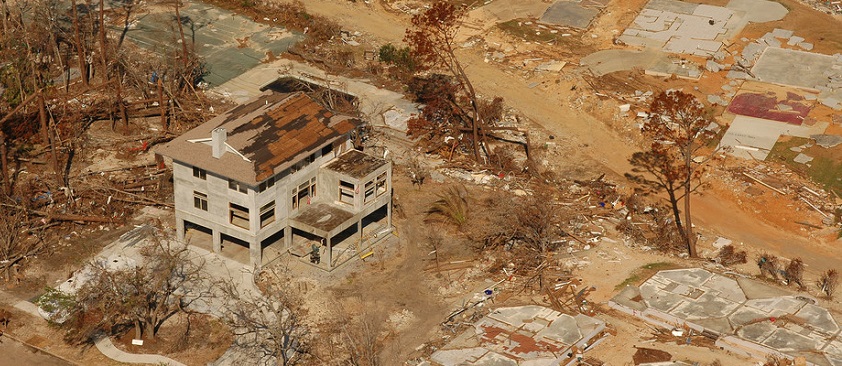Date: October 6, 2016
News - Build Disaster Proof Before Not After

Fires in California, tornadoes in Indiana, hurricanes in Florida, floods in Louisiana. Natural disasters occur every day even in our own backyard with the recent flood in Elliott City and the tornado in Howard County. It is time to take building more resilient more seriously.
There are many ways we can build to reduce the damage of the increasing occurrence of disasters. Unfortunately, the focus is always on the upfront project costs instead of the long term or lifetime costs. The reality is that although a project may save the owner money initially for the project; the owner, insurance agencies and taxpayers will end up paying handsomely many times over when a natural disaster occurs. It is no longer a question of if a natural disaster occurs but a question of when it will occur.
The MIT Concrete Sustainability Hub has been working on life cycle cost analysis models, case studies, and a break-even metric to back up the cost-effectiveness of building more hazard resistant buildings. When a disaster strikes, building more resilient can help communities get back to their earlier way of life faster. The increased upfront costs can be a small percentage in models that will easily pay for itself over the lifespan of the building.
Instead of just meeting basic construction code requirements, let’s develop and enforce codes that reflect the current state of climate change.
Read more on this topic from an article published by T. Reed Miller, a researcher in Environmental Engineering & Technology Policy at the Massachusetts Institute of Technology by clicking here.